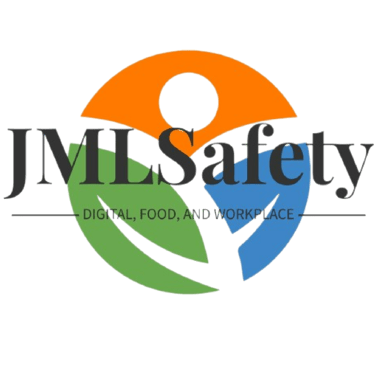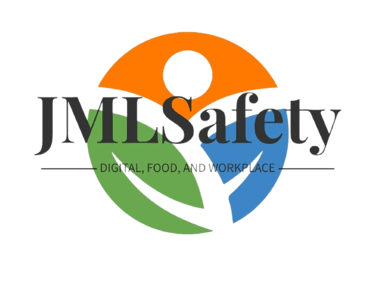Working in the Heat: Preventing Heat Illness on the Job
Heat-related illness can escalate quickly from discomfort to a life-threatening emergency. In this blog post, we explore the real dangers of working in high temperatures and outline Washington State’s safety requirements for employers. Learn how to keep your team safe through proper hydration practices, written safety plans, required rest breaks, and emergency preparedness. JML Safety LLC walks you through key compliance measures—from training to acclimatization—and offers support to help you meet L&I’s heat illness prevention rules with confidence.


Heat-related illness may seem pretty benign, but it is the first step toward Heat Stroke, which is an emergency situation and anyone experiencing Heat Stroke is near death. The body tries to maintain an average temperature of around 98 degrees, and Heat Stroke is near the limit for the body, 105 degrees.
How do we avoid Heat Stroke? We use training and education to assure workers in hot environments are aware they must stay hydrated to avoid a life-changing event, like Heat Stroke. Small, steady amounts of water consumption over the workday helps hydrate and prevent Heat Illness. Drinking 8 ounces of water every 20 minutes is recommended.
General awareness of heat-related illness is the first step. The protocols for this should be spelled out in writing in the company safety program. There are many samples online that offer written program compliance with WA State L&I Rule requirements.
Rule requirements summary
Annual training; employees and supervisors on symptoms and company policies.
Provide cool drinking water; opportunities to drink the water.
Shade (or alternative cooling methods) to prevent or respond to heat illness.
Encourage and allow workers to take paid, preventative cool down rest periods so they don’t overheat.
At 90°F, require workers take additional paid, cool down rest periods of at least 10 minutes every 2 hours.
At 100°F, require workers take additional paid, cool down rest periods of at least 15 minutes every hour.
Assure employees are acclimated; new employees, returning from absences, and all employees during a heat wave.
Emergency procedures are in place to respond to any employee with symptoms of heat-related illness.
Supervisors and employees communicate, respond to and report heat illness, and get medical assistance
These are just a few of the many considerations, but they highlight the complexity of ensuring safety and compliance. If you need assistance with training, or have any questions, feel free to reach out to JML Safety. We provide comprehensive training and can guide you to additional resources for more information.


